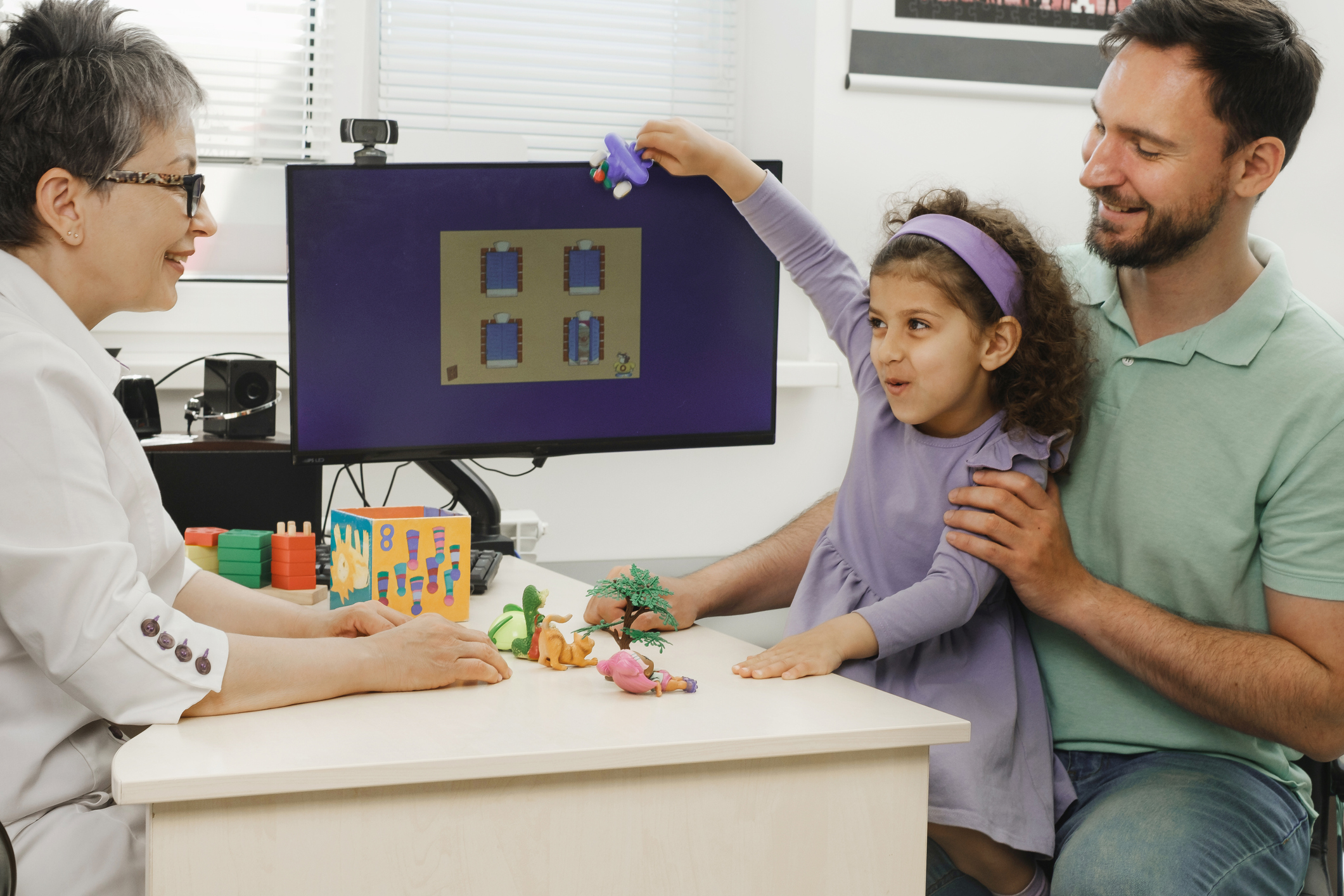September 12, 2023
Connecting with families reflects the many ways that caregivers/teachers partner hand-in-hand with families and their infants, toddlers, and/or preschool-age children. Family members are the most important people in young children’s lives, and caregivers/teachers need to talk to, listen to, and learn about families to build individualized support and continuity of care.
These partnerships are critical to providing the best care for young children and for fostering a sense of safety and attachment. When early care and education providers and families work together to share information, plan together, and support the child’s abilities, needs, interests and progress, children are more likely to succeed in school and in life.
Here are some tips for involving and engaging with the families of young children in your care…
Preschool
- Gather and incorporate information from families (for example, strengths, interests, culture, home language, beliefs and practices) to plan for children.
- Use a variety of communication strategies to keep families informed about the program.
- Offer a variety of ways that families can be involved in their children’s learning.
- Establish an ongoing system for exchanging information with families about their children.
- Provide families with information about typical child development and behavior.
- Reduce or avoid adding to a family’s stress.
- Create opportunities for families to meet and form relationships with one another.
Infant/Toddler
- Take time to listen and ask questions about each child’s culture, community, and family caregiving practices.
- Support children’s home language(s) and culture(s).
- Work together with families to learn about dreams and goals for their child.
- Share child development information with families.
- Ask families about their child’s strengths and favorite things to do.
- Listen to and use information from families to individualize care for their child.
- Greet all families during hellos and good-byes.
- Take time to connect with families about their child’s day.
- Offer a variety of ways that families can choose to be involved in the program.
For more information, including more detailed tips for each of the above items, you can check out:



